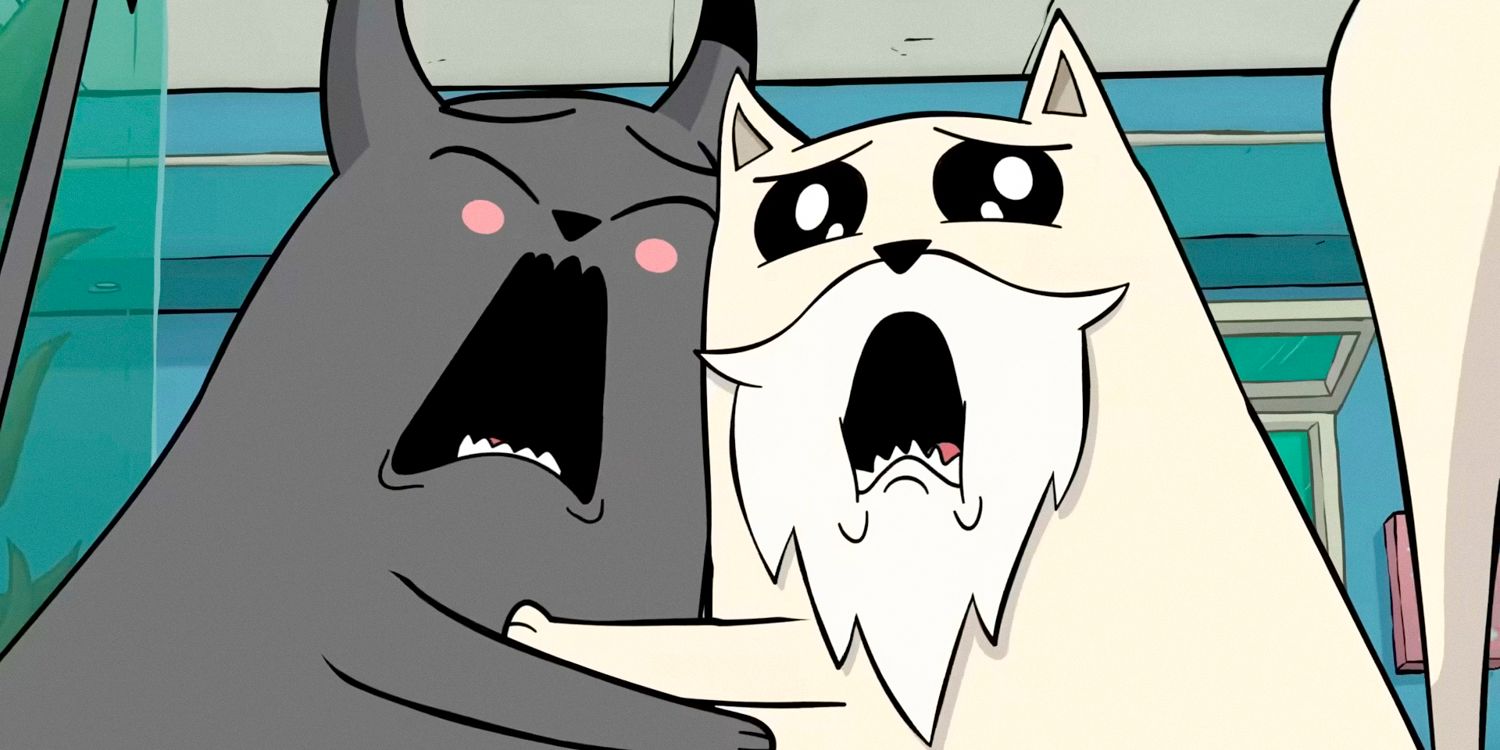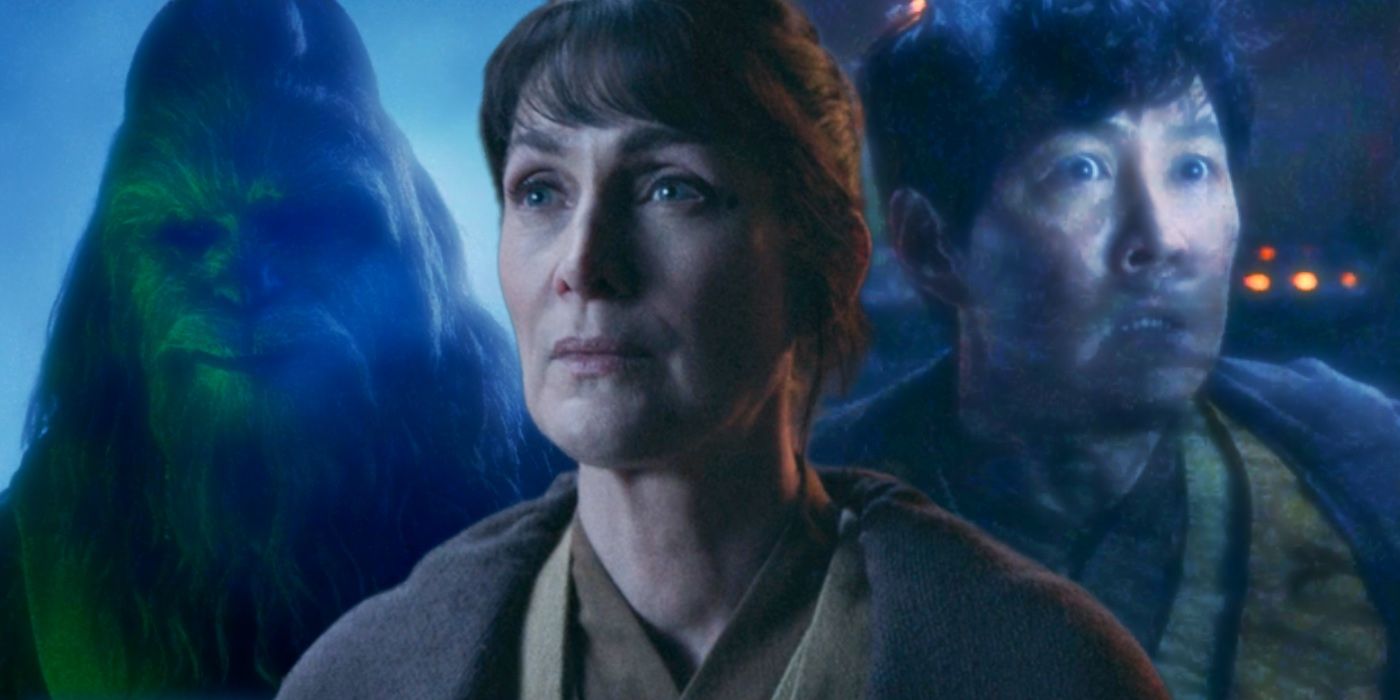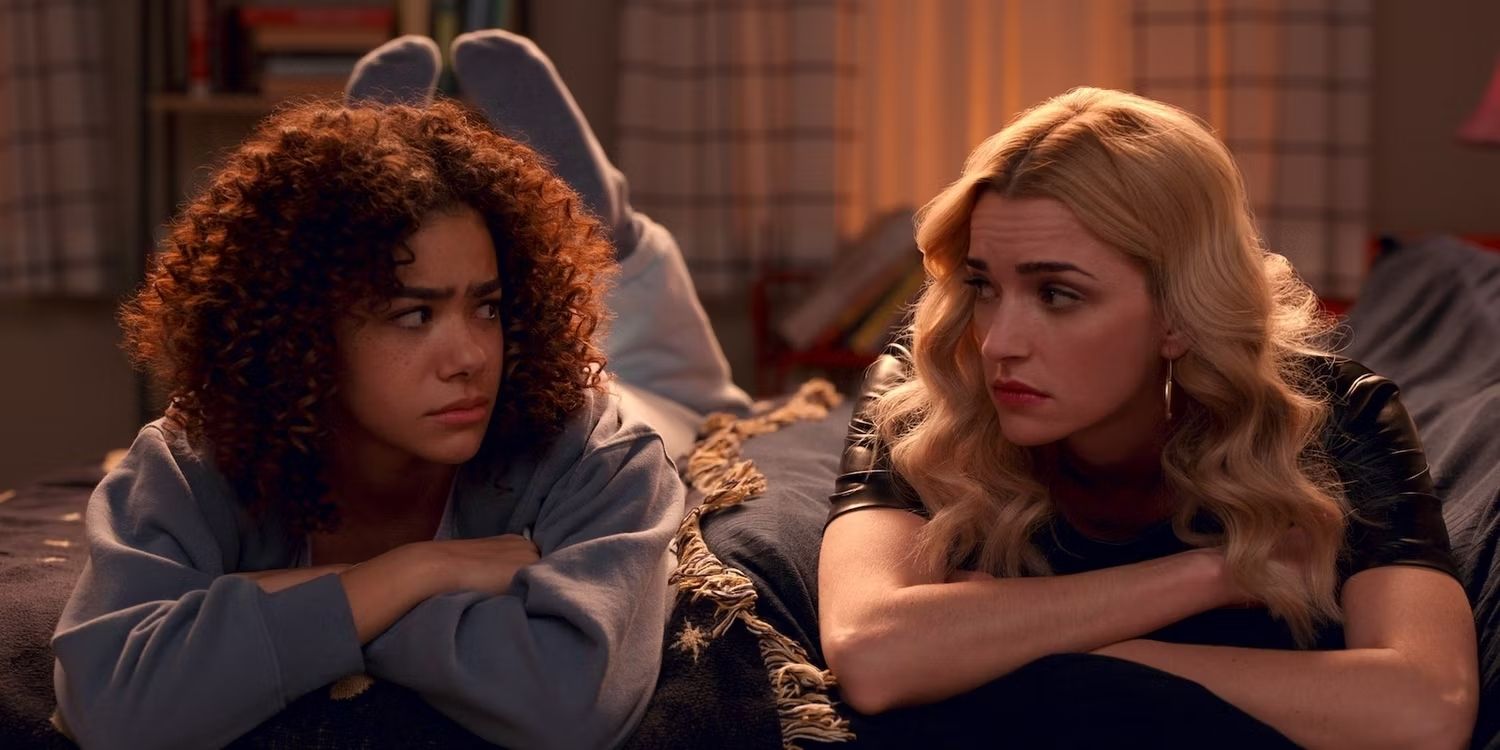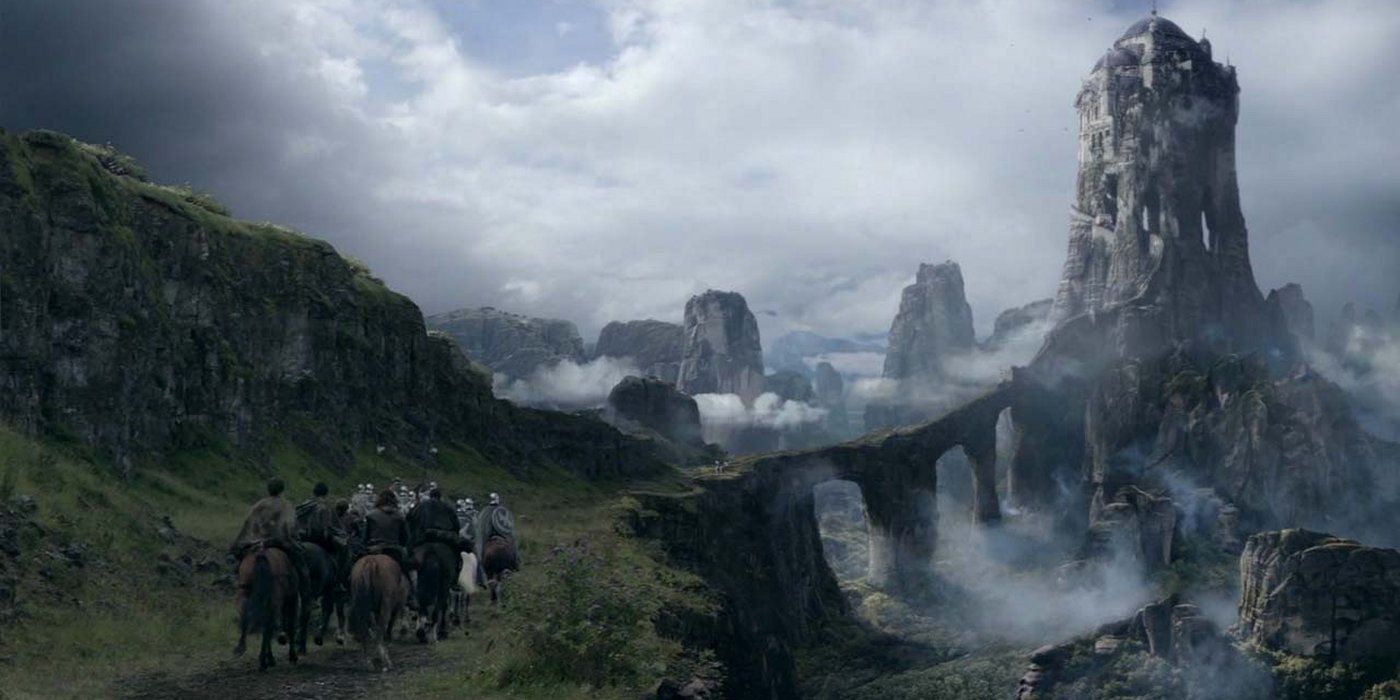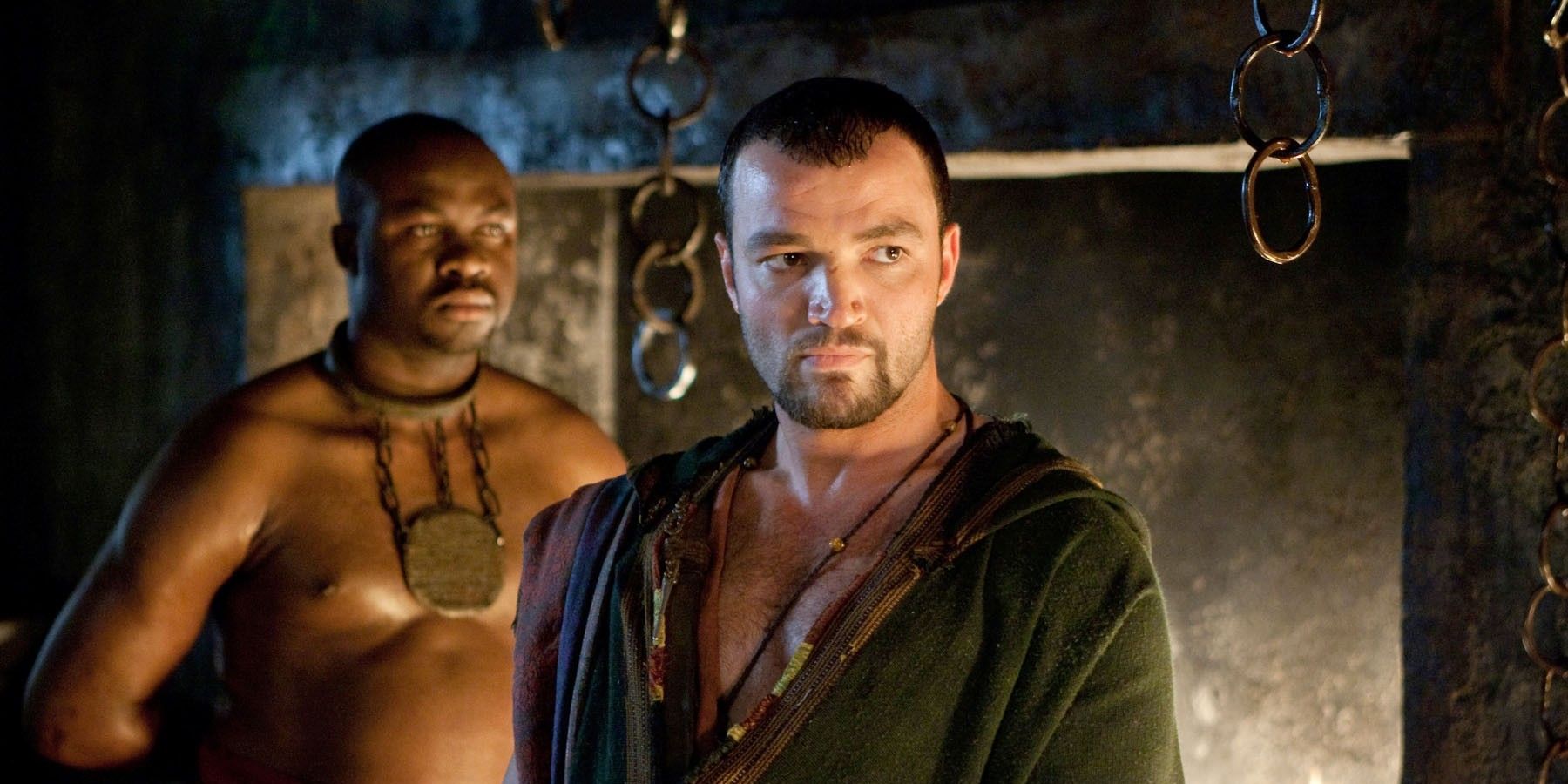Content Warning: The following article contains discussions/depictions of racism and drug use.
The musical biopic Elvis has certainly taken the theatrical world by storm. With Baz Lurhmann at the helm, and Elvis’s gradually tragic demise, there are certainly some darker elements in terms of visual effects and themes to be considered, and it is a sign that musicals on stage and in the cinema are not afraid to be bolder about showing its creepier side in stage musicals.
Musicals have ventured into the horror genre, such as Sweeney Todd and Little Shop of Horrors, but then there are those famous Broadway productions that are creepy more in concept than in practice. They might have the glitz and glamour of a big musical production with catchy songs and elaborate sets, but some musicals can get pretty eerie.
Cats
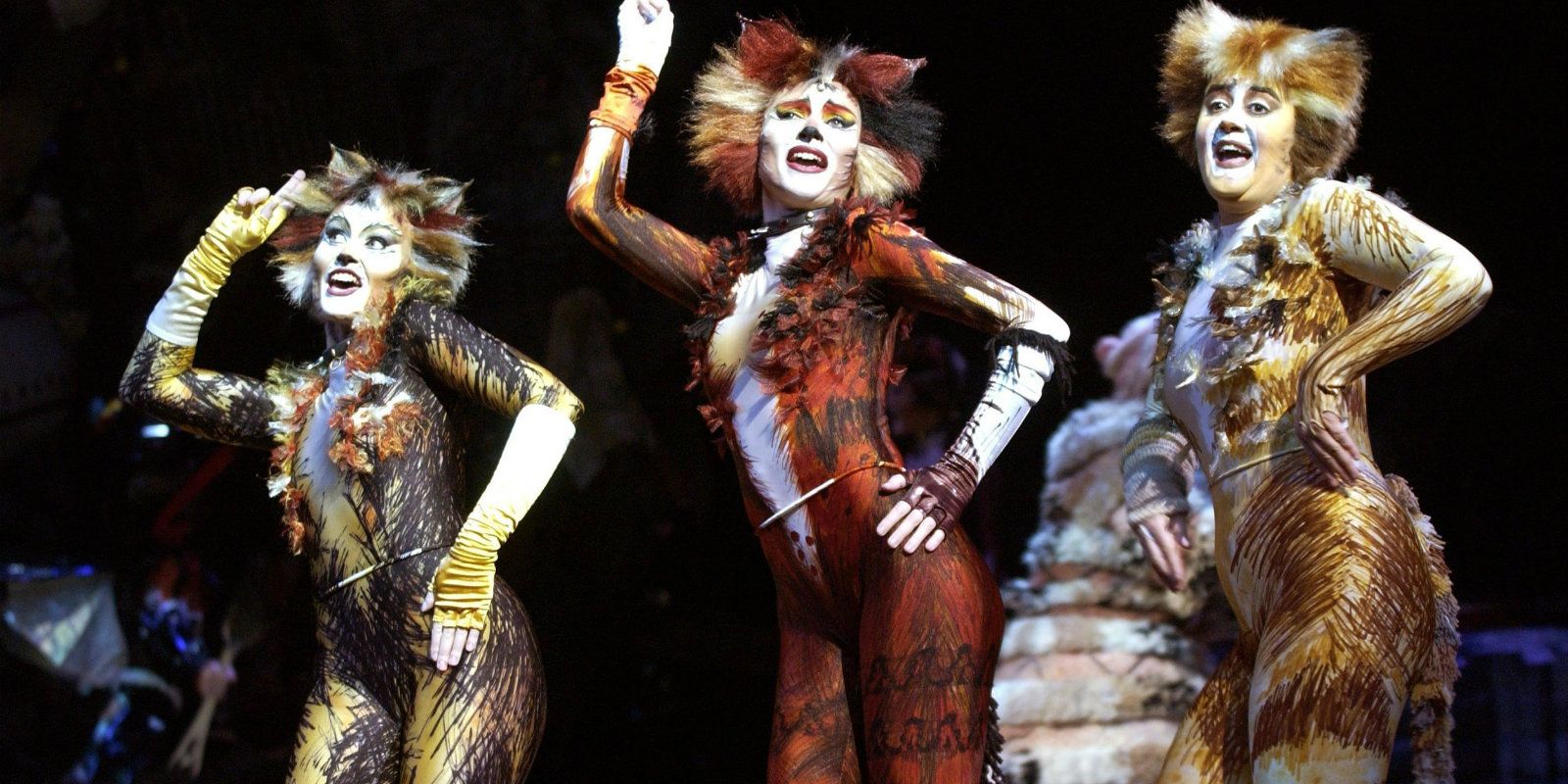
Andrew Lloyd Webber’s Cats has always had something of a strange and unusual past, and that was even before the Razzie-winning CGI movie adaptation. On the surface, it’s a musical adaptation of one of the most famous works by poet and author, T.S. Eliot. But beneath the fur and feats of acrobatic cats, there’s a strangely sinister story involving the cult of the Jellicle Cats.
The entirety of the production is all about one cat being chosen by Old Deuteronomy for a chance to be reborn in the Heavyside Layer. There’s definitely something strange and ambiguous about what that exactly means, but all becomes clear in the end. The fact that the show ends with Grizabella ascending a stairway to heaven infers that the audience has essentially witnessed the gathering of a death cult of cats that are blissfully willing to die.
The Hunchback Of Notre Dame
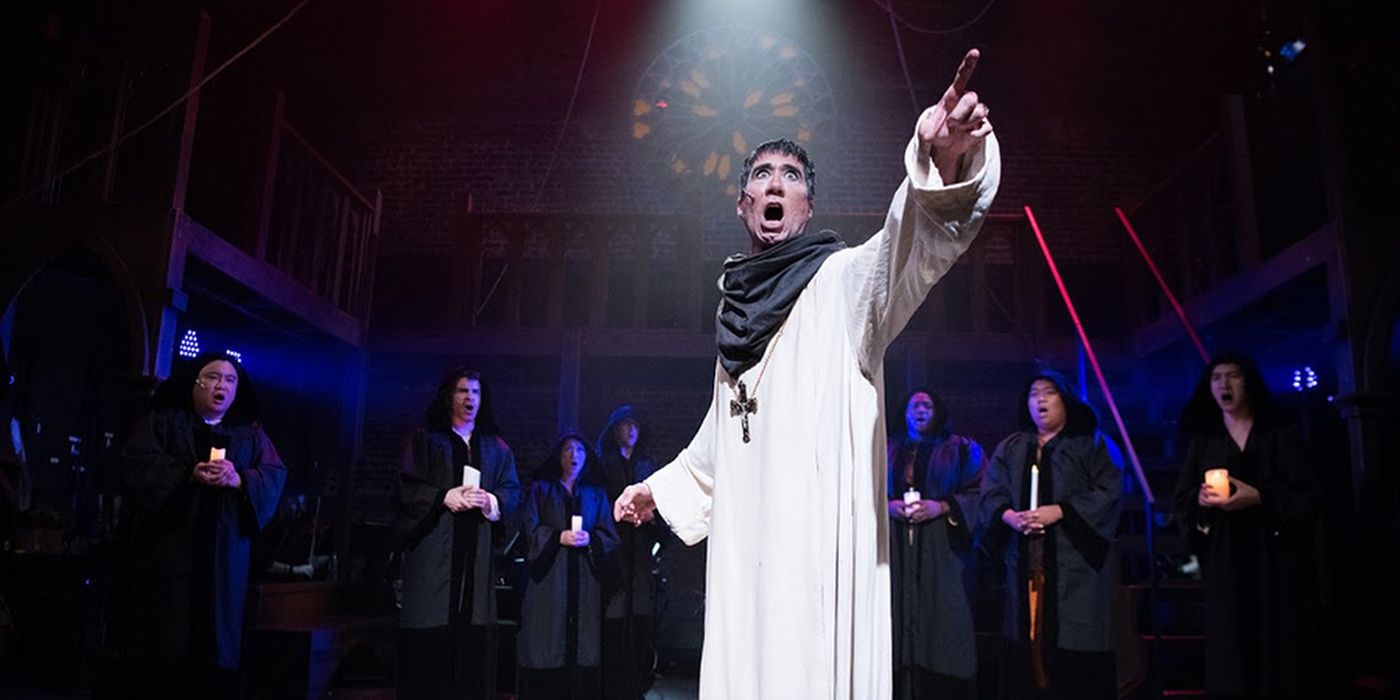
It might seem strange calling a Disney musical creepy but considering this adaptation of the 1996 animated film takes much more from the book by Victor Hugo, it earns an honorable mention. The songs, characters, and designs all harken back to the film, but the discussion of racial persecution and religious corruption is brought further into the spotlight.
What’s perhaps the most prominent feature retained from the book is that Frollo is cast as the archdeacon and not the judge he is in the movie, yet his unsettling lust for Esmerelda persists. His character might have been made more complex and sympathetic, but there’s still an uncomfortable sense that burns like “Hellfire”, which is one of the best Disney songs out there.
Hair
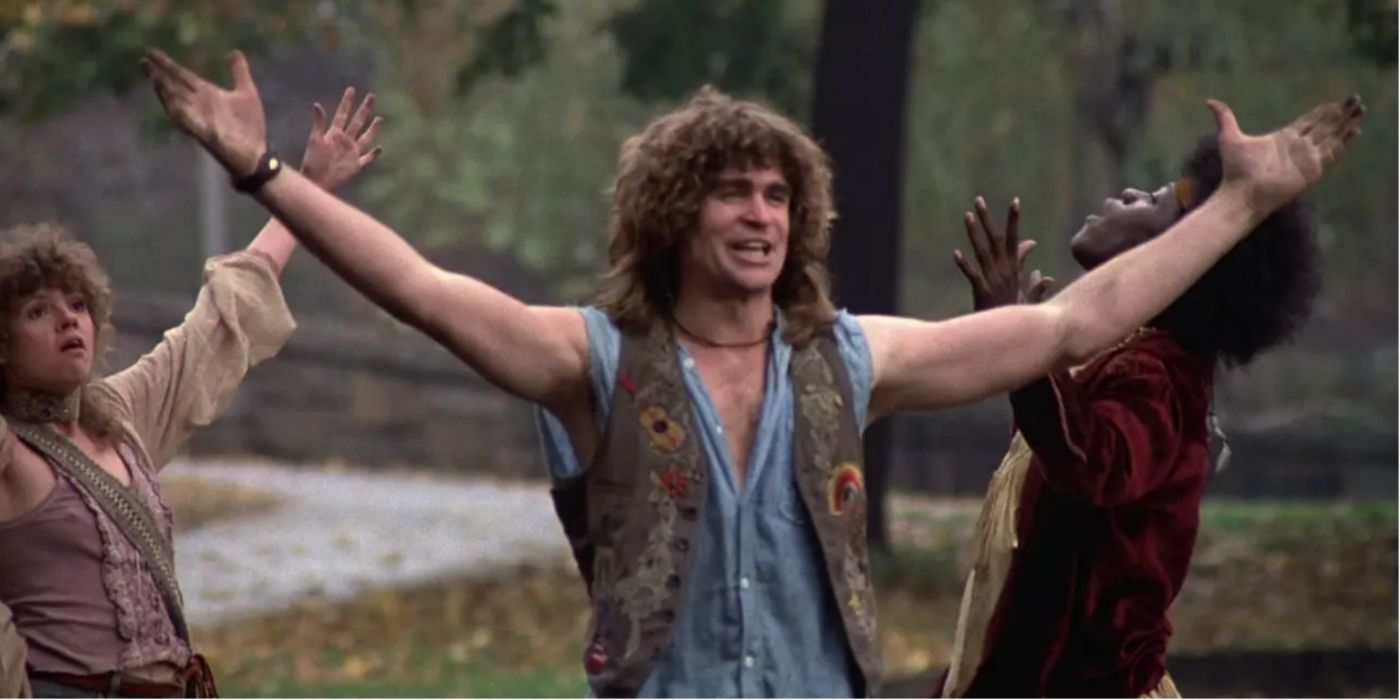
A musical dedicated to the hippie counterculture of the 1960s, Hair was a product of its time. The production was most notable for its exploration of various current topics that were at the forefront of the decade such as sexual liberation, psychedelic drugs, and the war in Vietnam. But as colorful and upbeat as the musical can be, several elements turn it into a bad trip.
While the clan of hippies can be a bit cultish at times, the most notable example is the absolutely freaky hallucinogenic sequence in Act II, which is considerably uncomfortable viewing. The fact that one of the main cast members is also sentenced to death in Vietnam is a theme that constantly seeps its way in between many of the rock musical numbers, alluding to a semi-obvious inevitable outcome.
Forever Plaid
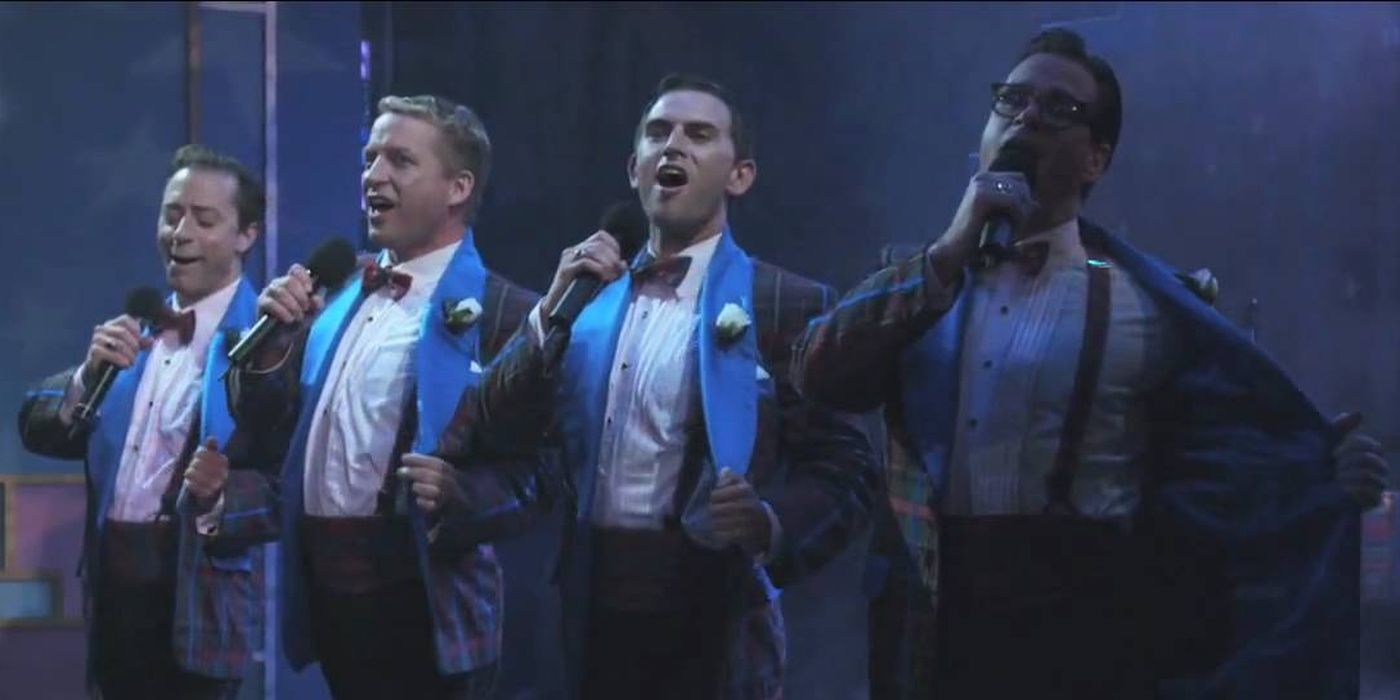
At first glance, Forever Plaid about an angelic singing group might not be the most chilling narrative. However, the reason the four singers are called back from the grave is to make the album they never got to make when they were alive. Essentially, it’s a story about a ghostly gang of performers trying to accomplish their unfinished business so they can rest in peace.
The opening of the show begins with a narration describing the fatal car accident that took the lives of the group, Forever Plaid, and how they never made it to their first gig. Love might be “a many splendored thing”, as described in the finale, but the premise is still somewhat eerie.
Hadestown
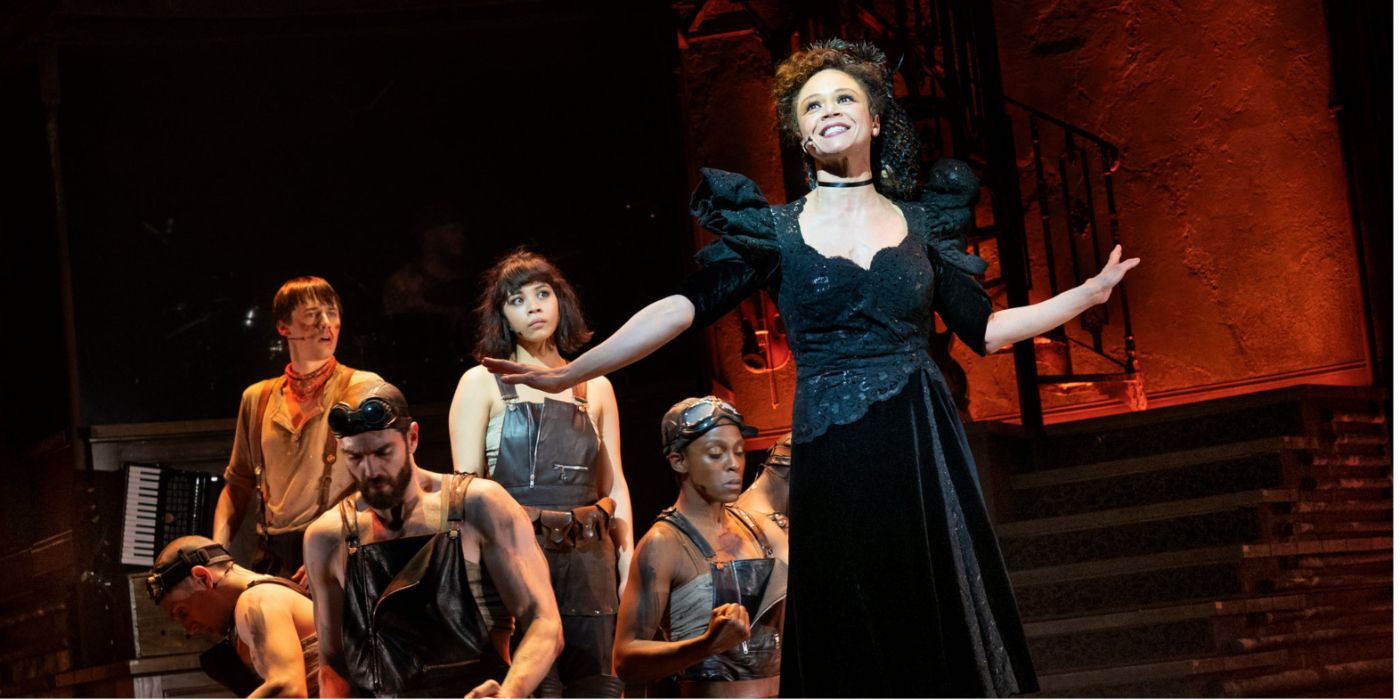
A musical with an opening number called “Road to Hell” has to have at least some level of creep factor, especially when half of the show takes place “way down under the ground” in the underworld. This folk-opera retelling of Orpheus and Eurydice is certainly a magical and mythical production, but that doesn’t mean it’s without its macabre themes.
Hadestown itself is a steampunk industrial prison ruled by the cold and shadowy Mr. Hades himself, and it’s definitely a different take on the land of the dead. The spooky nature is certainly more subtle, but the themes of death and the soul certainly aren’t lost in this Greek tragedy.
Cabaret
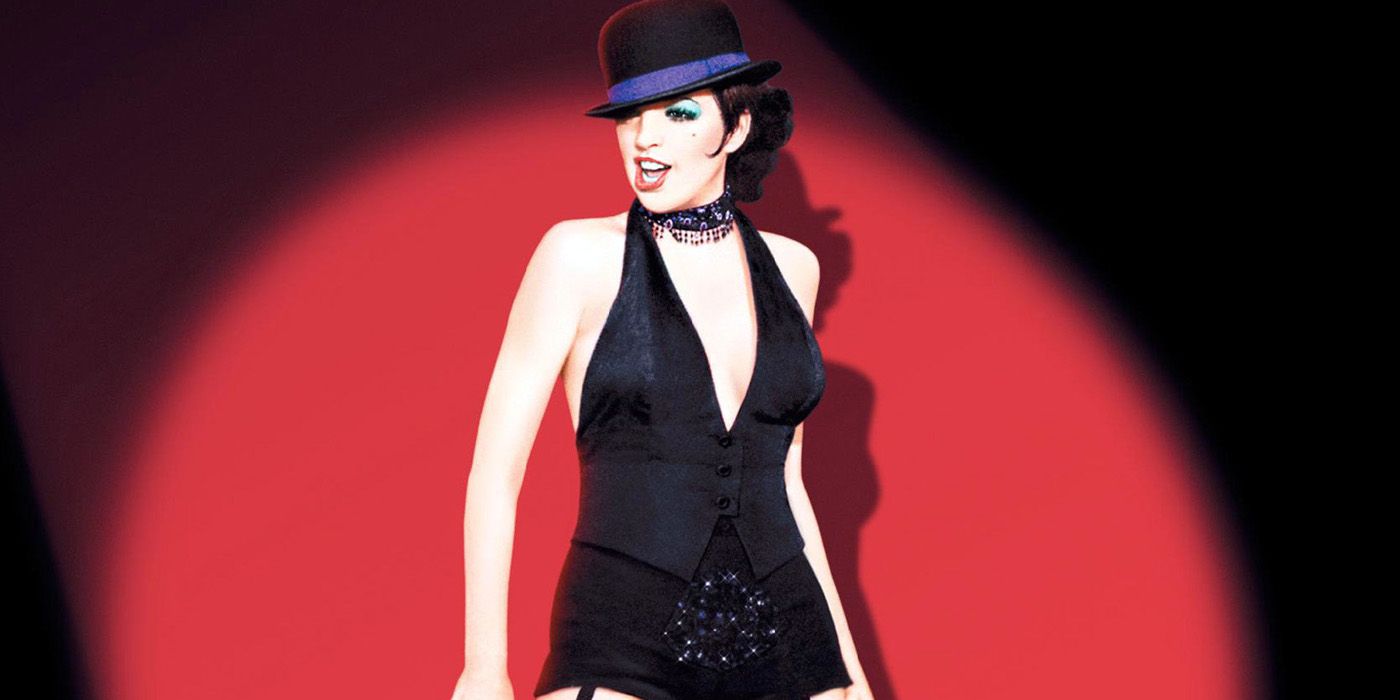
Cabaret undoubtedly still holds up today, especially after receiving several Tonys and revivals since its original conception. But while most audiences will be dazzled and drawn into the Kit Kat Club with its musical numbers, burlesque acts, and dark sense of humor, a deadly and sinister threat is brewing in the background even before the curtain opens.
Taking place in 1931 Berlin, the musical is set in a seedy nightclub with a ghoulish master of ceremonies who communicates with the audience as characters brush off the rise of the Nazi party until it’s too late. With the implication of Hitler’s rise to power and the death and destruction of World War II trickling into the plot, the leads are practically fast asleep.
The Scottsboro Boys
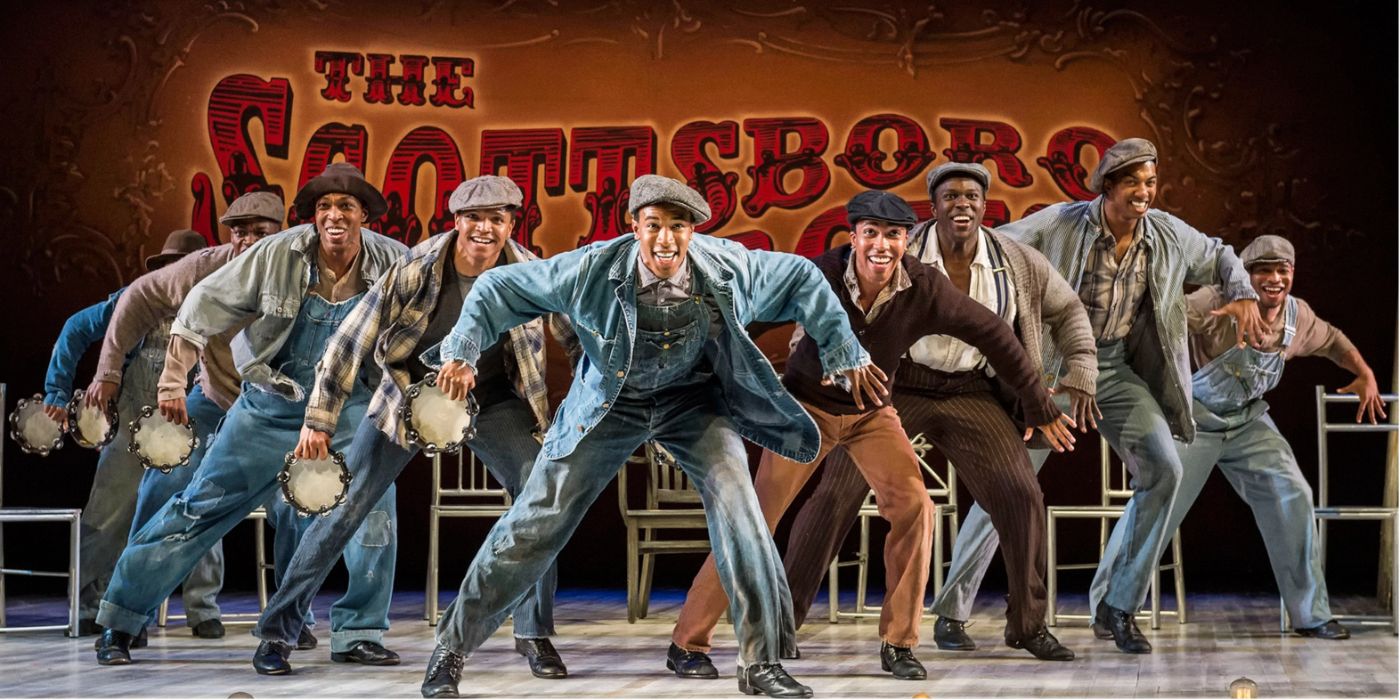
Musicals based on historical events are nothing new, but history isn’t always pretty. Despite its bright colors, slapstick comedy, and catchy musical numbers, The Scottsboro Boys is a musical surrounding one of the biggest miscarriages of justice in American history. Brought to life by the minds behind the previously mentioned Cabaret, the musical is as unsettling as it is lively.
Based on the Scottsboro Boys Trial of 1931, the plot concerns 19 Black men wrongfully accused of a crime they didn’t commit. With themes of minstrel shows, racial prejudice, and even the death penalty mixed in with the vaudeville vibes. It doesn’t take long for the mask to slip away.
Were The World Mine
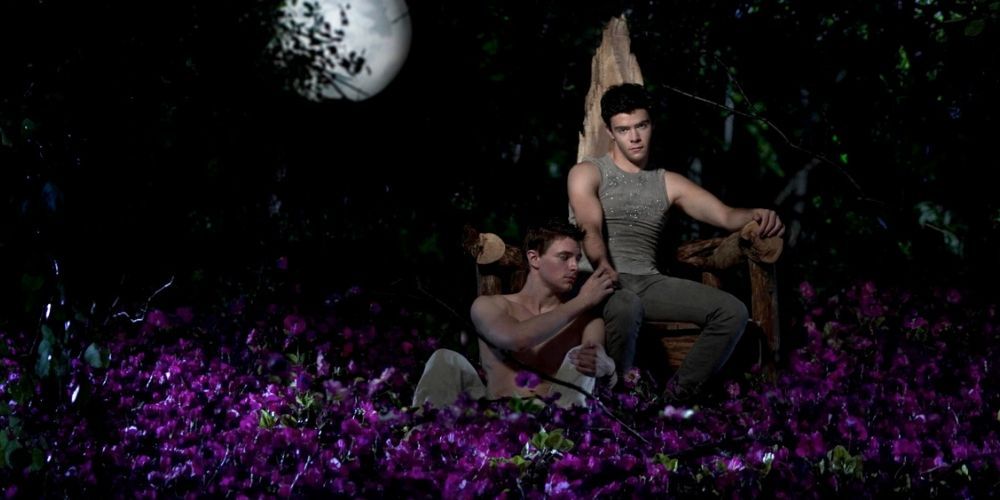
In short, Were The World Mine concerns Timothy, an openly gay student in an all-boys school. Pushed to the limit by his prejudiced peers, he makes them experience life through his eyes by exposing them to the love potion in Shakespeare’s play.
If this were done in a more contemporary setting, comparisons to Rohypnol and other such drugs would instantly be made with the Shakespearean plot device. Yet, the musical’s ending calls Timothy’s actions into account, begging the question if he was really in the right for essentially spiking his peers with a mind-altering substance, despite his sympathetic motives in doing so.
Assassins
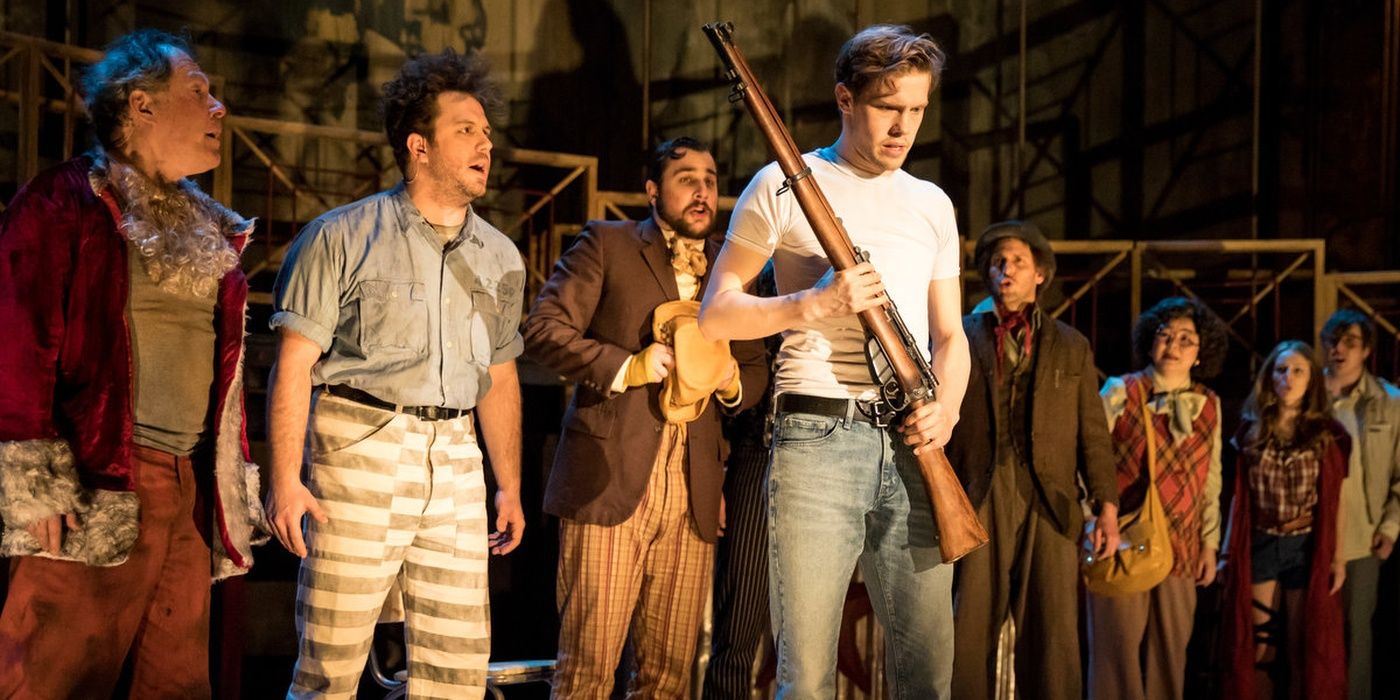
Stephen Sondheim is a musical legend, and his black comedies are some of the best. The mind behind such works as Sweeney Todd: The Demon Barber of Fleet Street knew how to use music and lyrics to tell a gripping and grisly story, but his revue featuring a cast of infamous assassins is dark and unsettling right from the opening.
Any show that has a literal musical number about wanting to shoot the president has to have an openly dark attitude, but the way Sondheim painted political drama as a carnival game is exceptionally grim. The shining attribute of the show is the way all the Assasins are painted as a combination of caricature and character study, mixing villainy with complexity to keep things grounded.
Ride The Cyclone
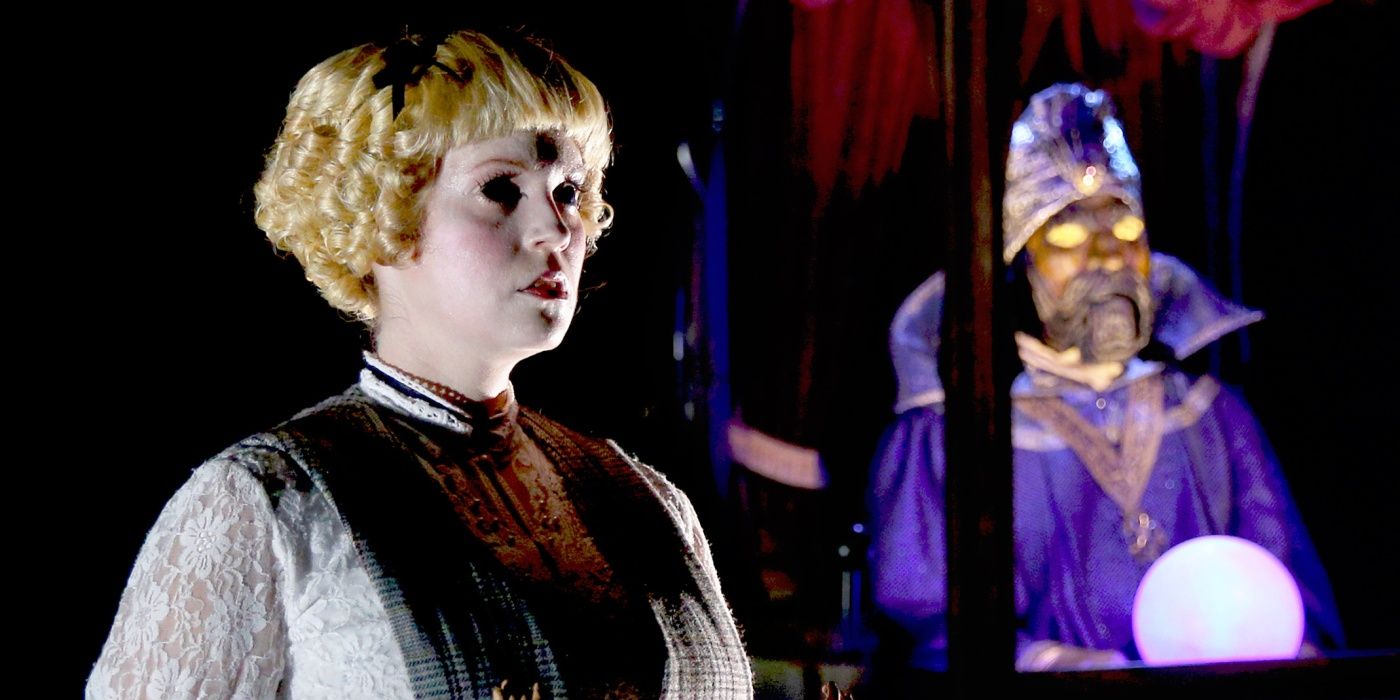
Ride The Cyclone is a musical worthy of a Tim Burton adaptation. When the cast consists of a dead choir, a headless Jane Doe, a bass-playing rat, and a mysterious living fortune-teller machine, the production can’t be called anything but weird. When five teenage members of a traveling choir are killed in an unfortunate rollercoaster accident, they are given the chance in the afterlife for one member to return to the world of the living.
Dark, strange, and chilling are just a few descriptors that could be applied to this musical. As each dead cast member tells their tale to the enigmatic fortune teller, a sense of unease rarely leaves the stage, no matter how many one-liners and winks to the audience there are. One member might walk away, but the rest all perish horribly in the end.
